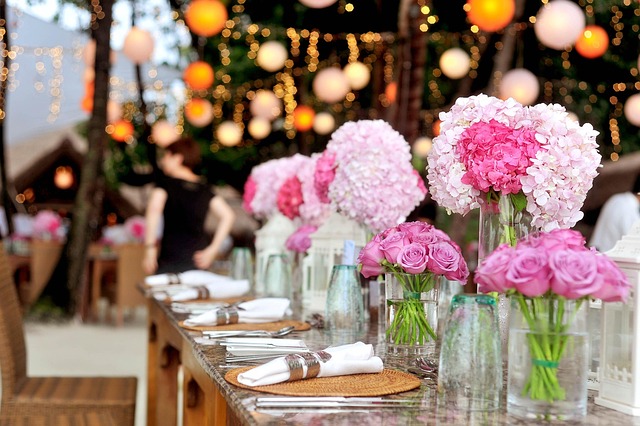Your wedding day is one of the most important days of your life, filled with emotion, joy, and moments that you’ll want to cherish forever. That’s where the art of wedding photography comes in. But to truly capture those fleeting moments in all their glory, understanding camera optics and exposure is crucial.
Imagine standing in front of your loved ones as vows are exchanged, the sun radiating down, casting soft light on the happiness surrounding you. A skilled photographer knows how to manipulate that light using the camera’s settings to enhance every smile and tear that tells a story.
Camera Optics: The Heart of Photography
The lens of your camera acts like the eye of the photographer, shaping the way the world appears in the finished photograph. In wedding photography, choosing the right lens can be the difference between capturing a blurred memory and a crystal-clear moment.
For instance, wide-angle lenses are perfect for capturing the grandeur of the venue and the collective joy of the guests. They draw the viewer into the scene, enveloping them in the environment, while telephoto lenses allow you to capture those intimate moments from a distance without disturbing the scene, preserving the authenticity of emotions.
Understanding how to select and utilize various lenses can significantly expand your toolkit as a wedding photographer. Each lens choice impacts not only the overall composition of your images but also how the audience perceives them.
Exposure: The Key to Capturing the Moment
Exposure is another vital aspect of wedding photography. It involves the intricate balance of aperture, shutter speed, and ISO—each element contributing to the final brightness of your images. Mastering these components is what transforms an ordinary photograph into a stunning portrayal of love and celebration.
The aperture controls the amount of light entering the lens, which also influences the depth of field—important for isolating subjects against beautifully blurred backgrounds. A wide aperture can make a bride’s bouquet sparkle against a soft, dreamy blur, creating a mood that resonates with the emotion of the moment.
Shutter speed, on the other hand, determines how motion is captured, whether it be the lively dance of guests or the delicate movement of the bride’s dress as she walks down the aisle. A slower shutter speed can lend an artistic blur to motion, emphasizing energy and excitement, while faster speeds freeze moments in time, preserving memories exactly as they unfold.
ISO settings help capture images in varying lighting conditions. A high ISO might be necessary for a dimly lit venue, allowing the photographer to maintain clarity without sacrificing exposure. However, this must be balanced carefully to avoid introducing unwanted noise into the imagery.
When photographers navigate these variables artfully, the result is not just a series of pictures but a visual narrative that encapsulates the love and connection shared on such a special day. Every detail, from exchanged glances to candid giggles, can be immortalized through skilled lens manipulation and thoughtful exposure choices.
Wedding photography requires not just a good eye but a firm understanding of the equipment at hand. Both optics and exposure work together to breathe life into the still images captured, turning each shot into a timeless piece of art that transcends the event, becoming cherished memories for couples and families alike.




